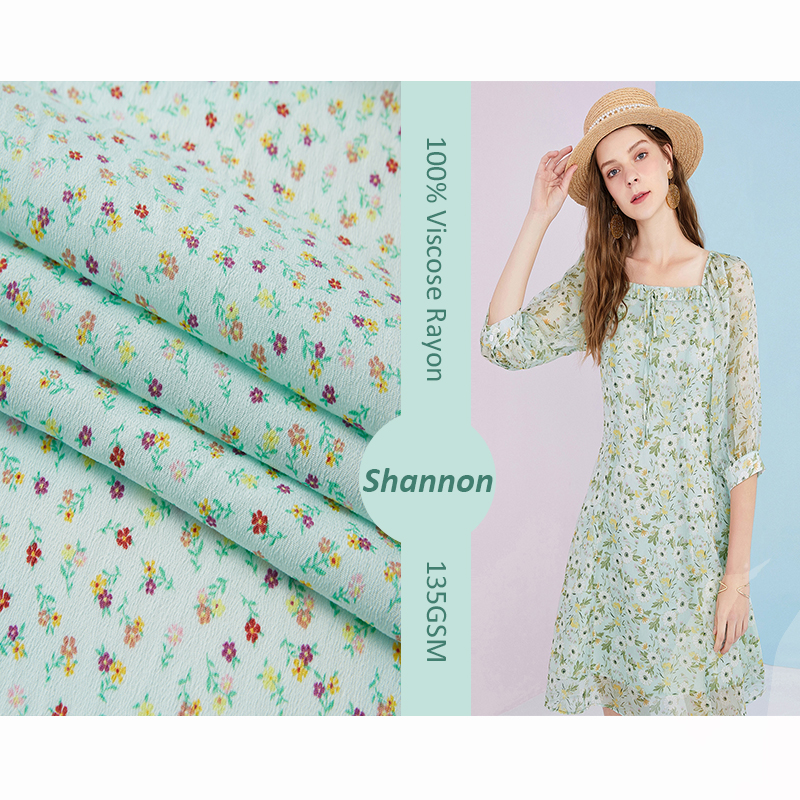Batik is a traditional dyeing technique that involves applying hot wax to fabric before dyeing, creating unique and intricate patterns. The process of dyeing pastoral fabric using the batik method typically follows these steps:
Selecting the Fabric:
Choose a fabric suitable for batik dyeing. Cotton is a commonly used fabric due to its absorbent nature, but other natural fibers such as silk or rayon can also be used.
Preparing the Fabric:
Wash and prepare the fabric to remove any sizing or finishes. The fabric should be clean and free from any substances that might interfere with the dyeing process.
Applying Wax:
The design is first drawn or stamped onto the fabric using a tool called a tjanting, brushes, or other wax-resistant tools. Hot liquid wax is then applied to the areas of the fabric where the color is intended to be preserved.
Cracking the Wax:
After the wax has dried, the fabric may be crumpled or cracked to create fine lines and patterns in the wax. This is a characteristic feature of batik and contributes to the uniqueness of each piece.
First Dye Bath:
The fabric is immersed in the first dye bath, where the waxed areas resist the dye, maintaining the original color. The dye penetrates the unwaxed areas, creating the initial color of the design.
Wax Removal:
After the fabric has dried, the wax is removed by boiling or washing the fabric. The areas covered in wax will be revealed in the original color of the fabric.
Additional Waxing (Optional):
If the design calls for multiple colors, additional waxing and cracking may be applied to preserve certain colors while allowing others to be dyed in subsequent baths.
Subsequent Dye Baths:
The fabric is immersed in additional dye baths, each time applying wax to preserve specific colors and patterns. The waxed areas resist the dye, while the unwaxed areas absorb the new colors.
Wax Removal and Finishing:
The final wax removal is carried out after all dyeing processes are complete. The fabric is thoroughly washed or boiled to remove all wax, revealing the intricate and layered design created by the multiple dye baths.
Drying and Fixing:
The dyed fabric is allowed to dry completely. Depending on the type of dye used, the fabric may undergo a fixing process to ensure the colors remain vibrant and are set into the fibers.
The batik process is labor-intensive and requires skill and precision. Artisans often use a combination of freehand drawing and stamping with tjantings or other tools to create detailed and beautiful designs. The wax-resist technique allows for the layering of colors and intricate patterns, making batik a versatile and expressive form of fabric art. The specific designs created in the batik process can vary widely, and in the context of pastoral fabric, scenes of nature, rural life, and landscapes are commonly depicted.



 English
English 中文简体
中文简体














